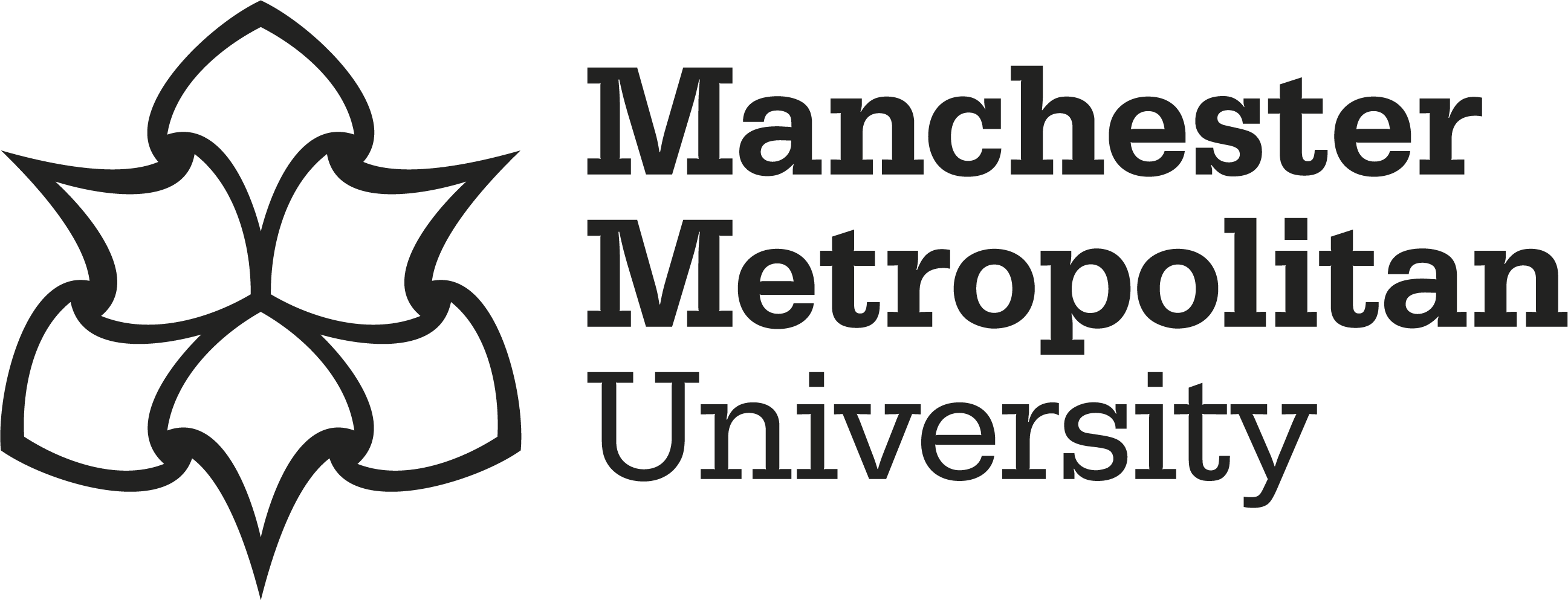Bantwal, Priyanka 






|
Published Version
Available under License Creative Commons Attribution. Download (653kB) | Preview |
Abstract
Background Tobacco use is associated with early, intermediate and long-term complications throughout the life course. With an influx of newer products containing nicotine, poly-tobacco use is slowly emerging as a public health concern, that is defined as existing tobacco users currently using two or more tobacco or nicotine products. While many studies have investigated single use tobacco, there is a paucity of research on regional patterns and socio-demographic factors associated with poly-tobacco use in India. Objectives To assess prevalence of poly-tobacco use and determine the socio-demographic factors associated with poly-tobacco use in India. Methods Data from the Global Adult Tobacco Survey 2 (GATS, 2016–17) was analysed, which included information on tobacco use among people aged >15 years. The pattern of current tobacco status was described using descriptive statistics. Multiple logistic regression models were estimated to determine factors associated with poly-tobacco use. Results The prevalence of poly-tobacco use in India was found to be 9.8%. Among the current tobacco users, the prevalence was 33%. Significant socio-demographic factors associated with poly-tobacco use included younger age, male gender, religion and backward caste. North-eastern region reported highest prevalence of poly-tobacco use in the country, followed by the central region. Conclusion The number of poly-tobacco users in India is considerably high and a matter of concern, more so in north east and central regions of the country. There is a need to create awareness about dangerous effects of all types of tobacco products and strengthen implementation of tobacco control policies with special focus on regions with high burden.
Impact and Reach
Statistics
Additional statistics for this dataset are available via IRStats2.


